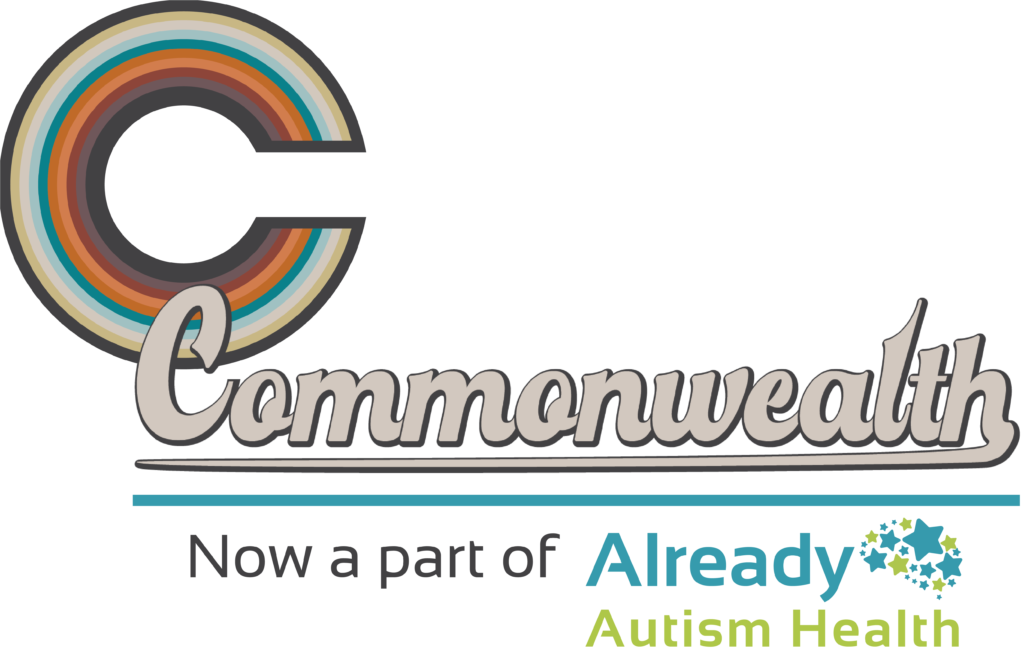ABA is the science of learning. Behavior Analysis is the most effective treatment for Autism Spectrum Disorder (ASD). ABA is also effective in treating anxiety, depression, ADHD, trauma, and other behavioral or mental health concerns.
A BCBA is a masters or doctoral level clinician who has a degree in behavior analysis, education, or psychology. They have received additional training directly with children and/or adults under the supervision of another BCBA in order to qualify to take the BCBA exam. They then have to complete continuing education in order to maintain their certification.
An RBT is a paraprofessional with at least a high school diploma and usually a bachelor’s degree. They have received additional training under the supervision of a BCBA or BCaBA (assistant behavior analyst) before taking their exam. They must continue to work directly under a BCBA or BCaBA in order to maintain their credentials.
Autism is a neurodevelopmental disorder. ASD is characterized by three core deficits: impaired communication, impaired social interaction and behavioral issues.
There are 3 levels of Autism:
Level 1: Requiring Support of less than 10 hours a week
Level 2: Requiring Substantial Support of 10-25 hours per week
Level 3: Requiring Very Substantial Support of 25-40 hours per week
Children can show signs of autism as early as 18 months old, and sometimes even earlier. A reliable diagnosis can be given as young as 2 years old, but you can receive a diagnosis even in adulthood.
A formal autism diagnosis must be provided by a Developmental Pediatrician or a Licensed Psychologist.
The ADOS is a natural and play-based assessment that is the gold-standard in diagnosing autism. The ADOS is a 45-90 minute assessment conducted in-person. The ADOS measures social, communication, and behavioral responses in a standardized fashion.
The most effective treatment for children with autism or other behavior disorders is Applied Behavior Analysis (ABA). ABA can be delivered in a variety of settings: in home, in clinic, in community, and via telehealth.
Social Differences
• May not keep eye contact or makes little or no eye contact
• Shows no or less response to a parent’s smile or other facial expressions
• May not look at objects or events a parent is looking at or pointing to
• May not point to objects or events to get a parent to look at them
• Less likely to bring objects of personal interest to show to a parent
• Many not have appropriate facial expressions
• Has difficulty perceiving what others might be thinking or feeling by looking at their facial expressions
• Less likely to show concern (empathy) for others
• Has difficulty making and keeping friends
Communication differences in children with autism
• Less likely to point at things to indicate needs or share things with others
• Says no single words by 15 months or 2-word phrases by 24 months
• Repeats exactly what others say without understanding the meaning (often called parroting or echoing)
• May not respond to name being called but does respond to other sounds (like a car horn or a cat’s meow)
• May refers to self as “you” and others as “I” and may mix up pronouns
• May show no or less interest in communicating
• Less likely to start or continue a conversation
• Less likely to use toys or other objects to represent people or real life in pretend play
• May have a good rote memory, especially for numbers, letters, songs, TV jingles, or a specific topic
• May lose language or other social milestones, usually between the ages of 15 and 24 months (often called regression)
Behavioral differences (repetitive & obsessive behaviors) in children with autism
• Rocks, spins, sways, twirls fingers, walks on toes for a long time, or flaps hands (called “stereotypic behavior” or stereotypies)
• Likes routines, order, and rituals; has difficulty with change or transition from one activity to another
• May be obsessed with a few or unusual activities, doing them repeatedly during the day
• Plays with parts of toys instead of the whole toy (e.g., spinning the wheels of a toy truck)
• May not cry if in pain or seem to have any fear
• May be very sensitive or not sensitive at all to smells, sounds, lights, textures, and touch
• May have unusual use of vision or gaze—looks at objects from unusual angles

We are the nation’s fastest-growing clinician-led agency. Our team of Psychologists, BCBAs, and RBTs is putting quality and sustainability back into ABA and autism care. We are focused on helping underserved communities and breaking down barriers to Access to Care.